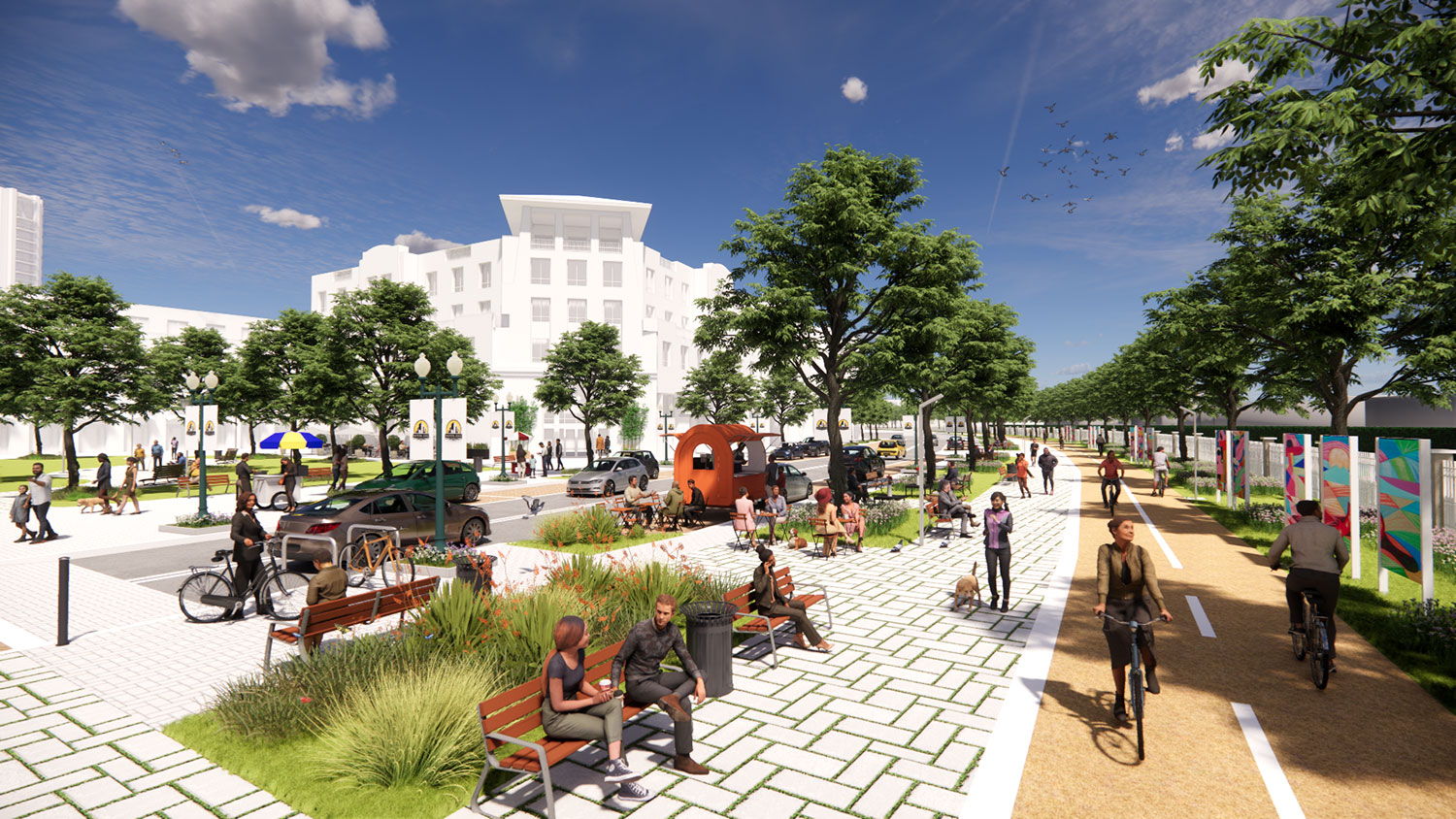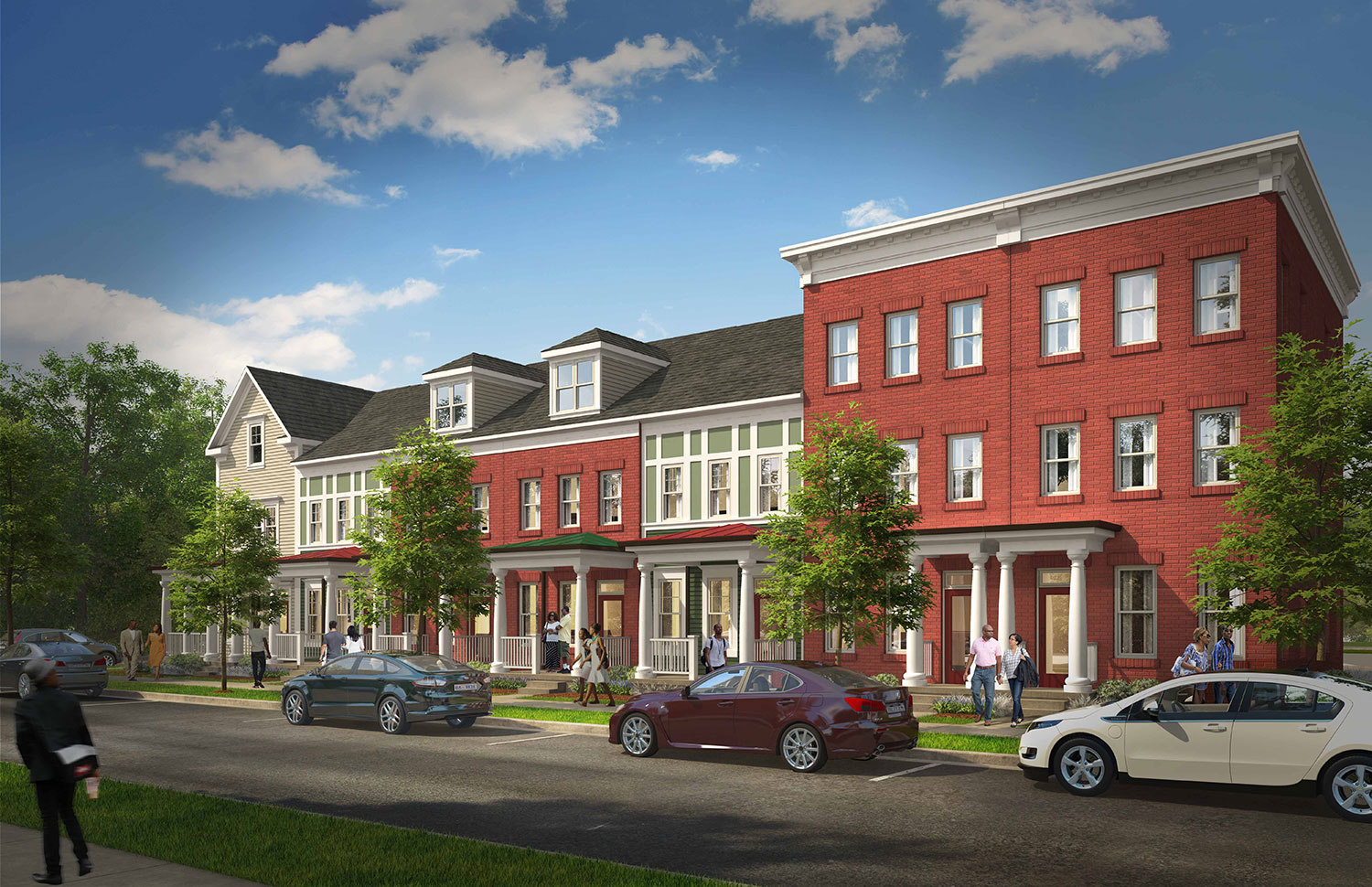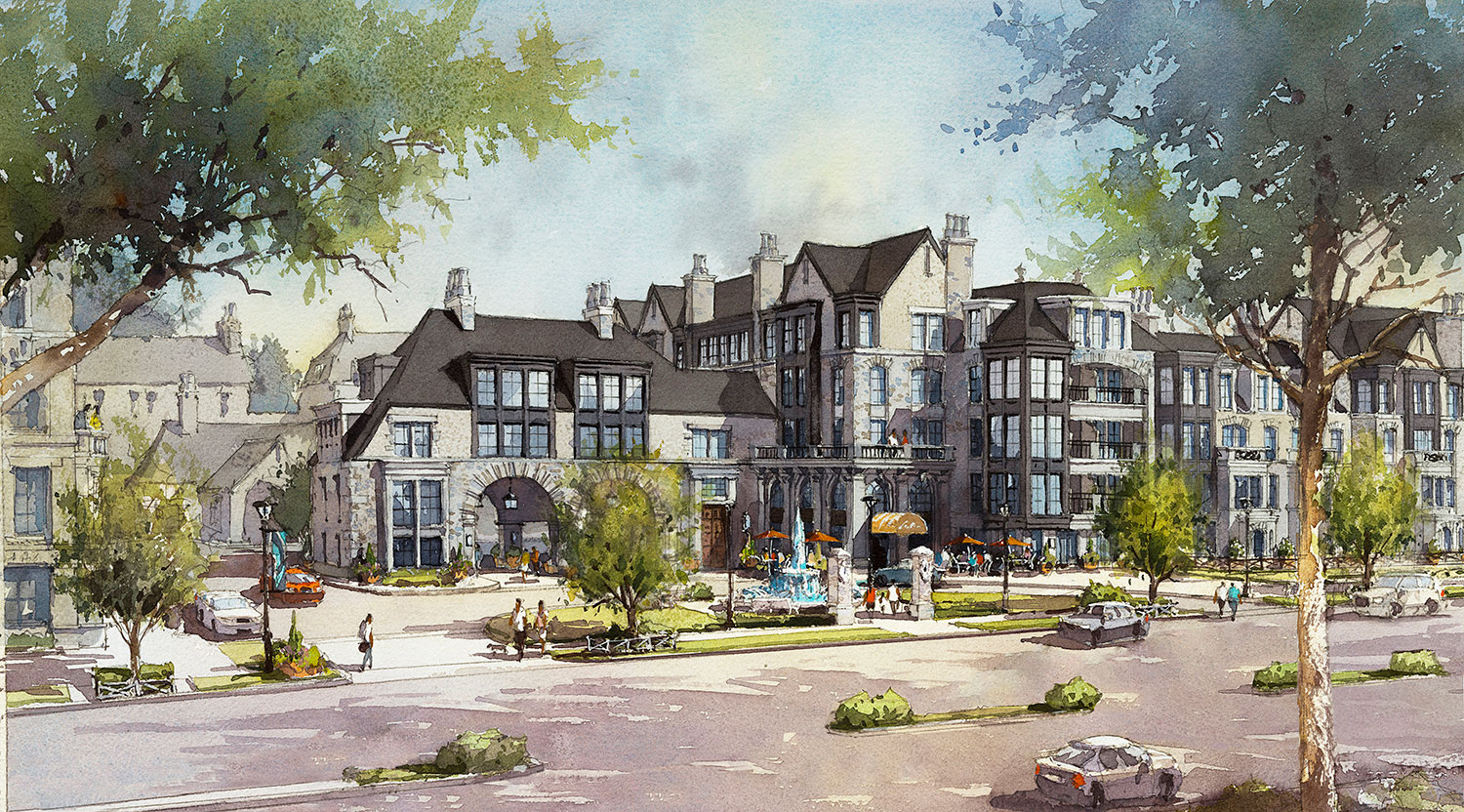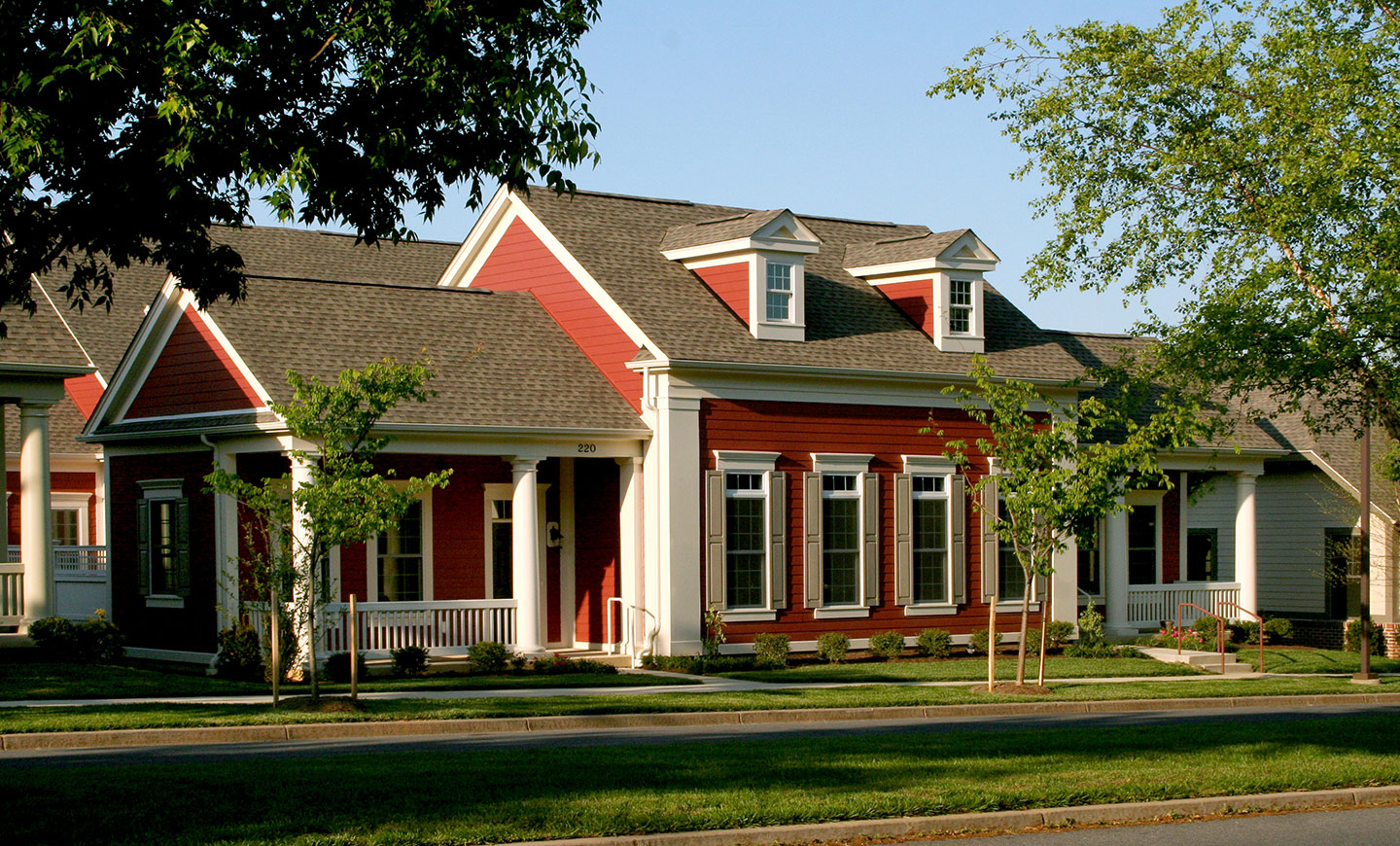
Development Area Initiatives Study
A two-year project working with County elected officials, staff and a 23 person steering committee to create a Master Plan for growth they could stand behind.
Sustainable design elements:
reexamined existing growth management plan
preserved natural features/reserves
created grading guidelines
examined community and environmental impacts of development alternatives
re-used buildings and existing infrastructure
Albemarle County, in central Virginia, is a growing community of 80,000 located at the foot of the Blue Ridge Mountains. Facing enormous growth projections through the year 2015, the county needed to take a newer, more comprehensive look at the plans they had made and the growth areas they had created.
This two-year project worked with County elected officials, staff and a 23 person steering committee to create a Master Plan for growth they could stand behind – that would establish a better way to grow – one that allows for the Rural Areas to remain intact, and the Development Areas to be more livable and more attractive for its residents.
Working with Dodson Associates and the Center for Watershed Protection, Torti Gallas led a process to articulate principles and guidelines to further define the character of Albemarle County’s development areas. This project consisted of six phases:
• Establishing community development preferences by facilitating discussion on the essential elements of vibrant community life;
• Conducting a county-wide buildout to determine the adequacy of existing growth area boundaries;
• Building consensus within the community: using charrettes to determine how development should look and relate to its surroundings;
• Presenting the County’s Growth Management plan to the community through the use of case studies;
• Providing alternative options, guidelines and models for developing neighborhood plans;
• Assessing the community and environmental impacts of each alternative;
• Assessing how each alternative helps the County meet its growth management goals;
• Accumulating these elements and illustrating an easily interpretable manual to guide their inclusion;
• Structuring a master planning process for the development areas;
• Reviewing existing County development ordinances and identify regulatory changes necessary to implement those alternatives;
• Creating an action plan for marketing the vision with recommendations and implementation tools needed to move forward.


What You Do Here Will Make all the Difference
Interested in joining us? Every member of the TG+P team plays a key part in creating a more sustainable world.













